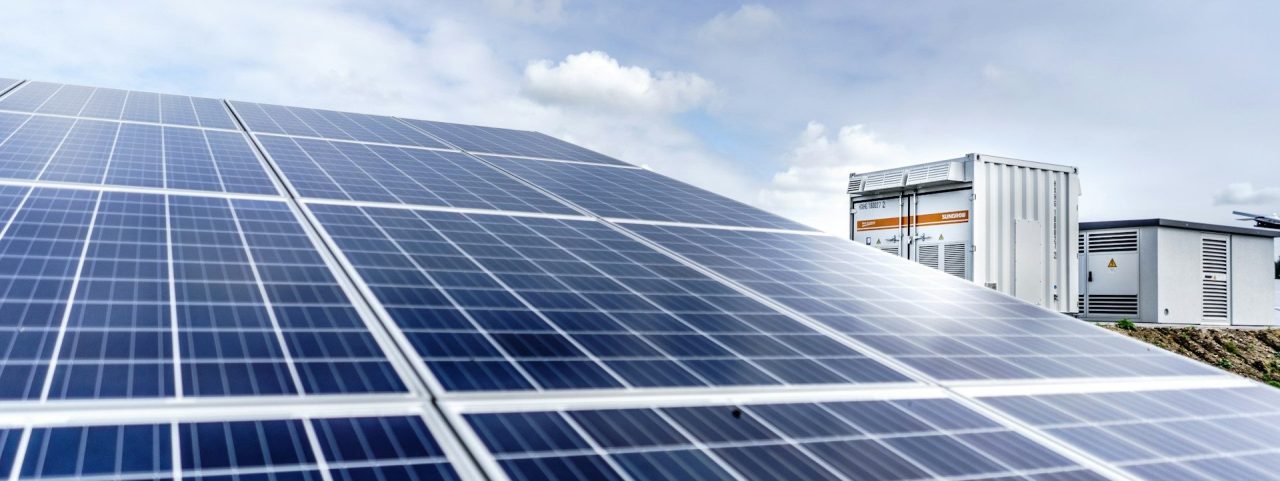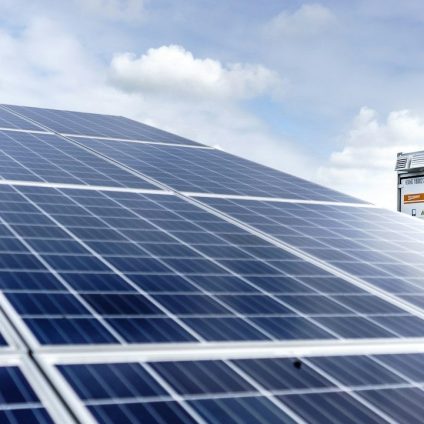Photovoltaic 2030 growth may exceed 1,000 GW annually by decade’s end, driven by cost drops, battery storage, and Chinese production dominance

A new forecast from Climate Energy Finance (CEF) challenges the conventional wisdom about the future of solar energy. Contrary to predictions of a slowdown, CEF estimates that annual new solar photovoltaic (PV) installations could surpass 1,000 GW by 2030-a figure significantly higher than projections by the International Energy Agency (IEA).
While the IEA has remained cautious in its forecasts, CEF argues the agency consistently underestimates the pace of global disruption in solar PV, battery energy storage systems (BESS), and electric vehicles. This includes the rapid expansion of solar module manufacturing capacity, particularly in China.
“The analysis of market trends, production expansions, and cost trajectories shows a persistent gap between IEA forecasts and actual market developments,” the report notes.
Surging global growth with China in the lead
Solar deployment surged in 2024, with China accounting for half of all new global installations. Despite speculation around a potential market cooldown, CEF anticipates another record year in 2025.
The solar boom is no longer limited to China. Emerging markets across the Middle East, North Africa, and Pakistan are also ramping up investments. Their motivation: to diversify away from fossil fuels, reduce grid dependence, and combat rising and unstable electricity prices.
Overcapacity reshaping the solar landscape
A major driver of photovoltaic 2030 dynamics is the global oversupply in solar manufacturing, which has triggered record-low prices. China, already dominant in the sector, is positioned to benefit the most.
In 2024 alone, China’s PV supply chain capacity jumped by 29%. The country now controls between 80% and 95% of every segment of the supply chain. This grip is maintained through economies of scale, vertical integration, continuous innovation, strong policy support, and sustained investment. The result: mounting pressure on solar manufacturers in the United States and the European Union.
Why photovoltaic 2030 will keep accelerating
What’s fueling this continued growth toward the 1,000 GW mark?
The report identifies several key drivers. First, capital costs continue to fall, thanks to technological advancements and more efficient solar modules. These improvements have made PV competitive with new thermal power generation in an increasing number of global markets.
Battery storage is another factor. BESS are scaling faster, lasting longer, and becoming cheaper. Their integration with solar has made hybrid PV-BESS systems more cost-effective and easier to deploy at scale. According to CEF, this synergy is amplifying the value of solar installations worldwide.
Finally, there’s the innovation factor. Technological breakthroughs could cut solar costs in half again over the next decade. The report predicts commercial solar cell efficiency could rise from today’s 25% to 35%, driven in part by advances in perovskite-based technologies now approaching market viability.












